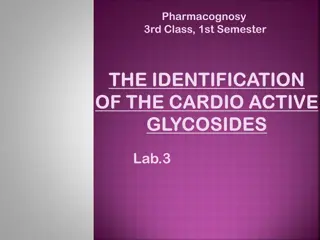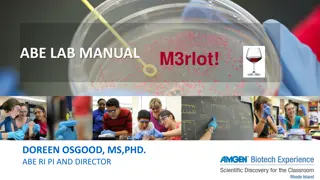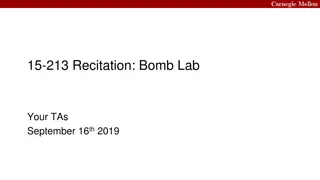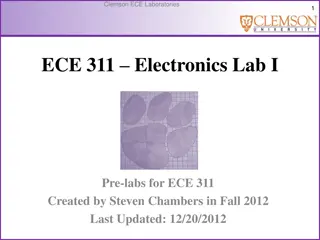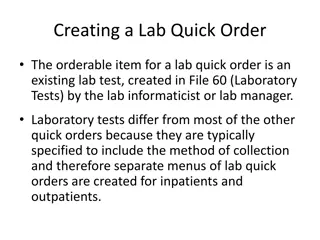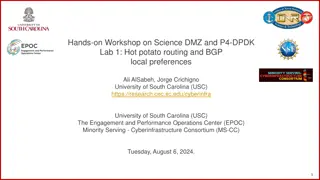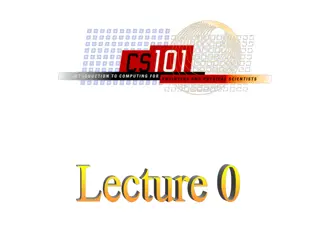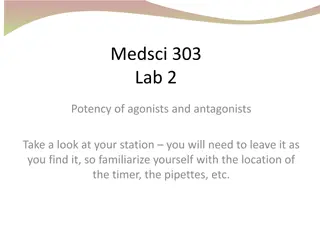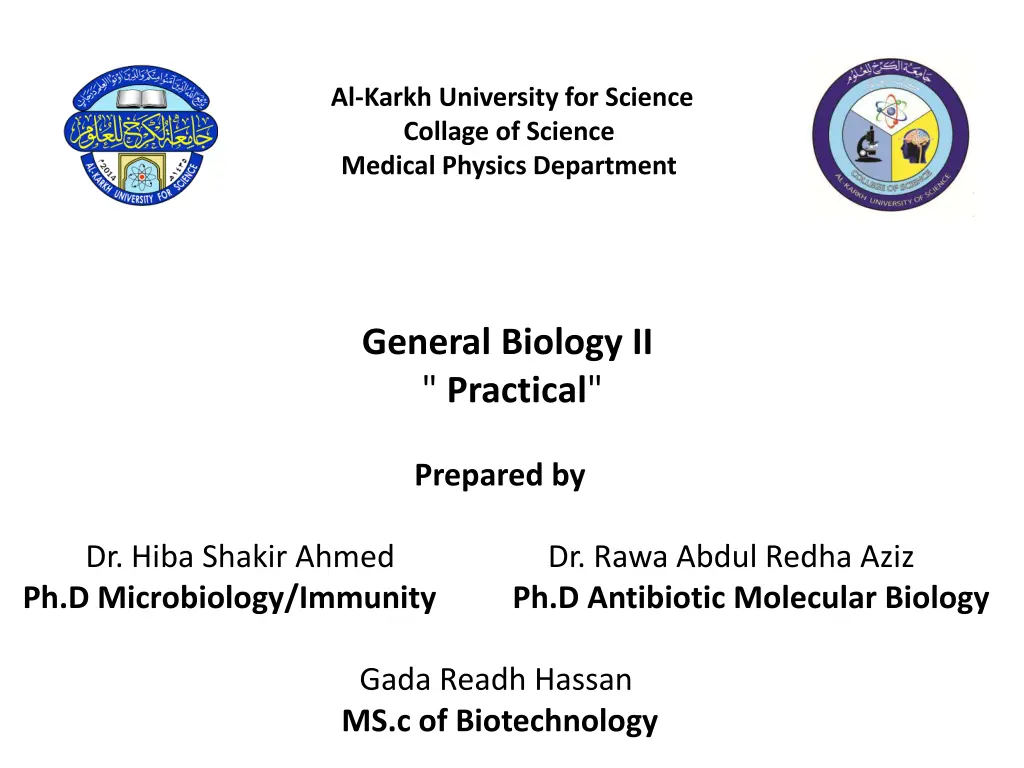
Discovering the Fascinating Realm of Protozoa
Delve into the world of Protozoa, a diverse group of single-celled eukaryotic organisms. Learn about their characteristics, habitats, importance, and classification based on locomotion structures. Explore the essential role Protozoa play in ecosystems and their significance in nutrient mobilization and decomposition of organic matter.
Download Presentation

Please find below an Image/Link to download the presentation.
The content on the website is provided AS IS for your information and personal use only. It may not be sold, licensed, or shared on other websites without obtaining consent from the author. If you encounter any issues during the download, it is possible that the publisher has removed the file from their server.
You are allowed to download the files provided on this website for personal or commercial use, subject to the condition that they are used lawfully. All files are the property of their respective owners.
The content on the website is provided AS IS for your information and personal use only. It may not be sold, licensed, or shared on other websites without obtaining consent from the author.
E N D
Presentation Transcript
Al-Karkh University for Science Collage of Science Medical Physics Department General Biology II " Practical" Prepared by Dr. Hiba Shakir Ahmed Dr. Rawa Abdul Redha Aziz Ph.D Microbiology/Immunity Ph.D Antibiotic Molecular Biology Gada Readh Hassan MS.c of Biotechnology
Protozoa Lab ((6))
Protozoa They are a large group of single-celled, usually microscopic, eukaryotic organisms, such as amoebas, ciliates, flagellates, and sporozoans. Protozoa
The characteristics of these microorganisms are: Microscopic organisms Eukaryotic unicellular Small size: 10 to 52 m No cell wall Mostly heterotrophic Very dependent on moisture Mostly motile with flagella, cilia or amoeboid Similar to animal (mobility and heterotroph), only unicellular Protozoa depends on: pH, temperature, nutrition and some depends on sunlight
Habitat: they can grow in marine habitat, fresh water, soil, mosses or symbiotic, or parasites in other organisms (most protozoa are parasites) Feed by: Osmotrophy Phagocytosis Cytostome Reproduction in these organisms varies, but most genera reproduce either asexually or sexually.
The importance of protozoa are: Some protozoa are an important food source for microinvertebrates They control bacteria biomass to some extent They can stimulate decomposition of organic matter They can play a role in nutrient mobilization populations and
The protozoa are classified into four classes on the basis of the structures they possess for locomotion: Example Euglena Locomotion structure Flagella whip-like structures Cilia hair-like structures Pseudopodia foot-like structures Non-motile without locomotion structure but move by gliding Class Mastigophora Ciliate Paramecium Sarcodina Amoeba Sporozoa Plasmodium
Examples of major pathogenic protozoa Protozoan Diseases Source Amoeboid protozoa Entamoeba histolytica Amoebiasis (intestinal and other symptoms) Humans, water and food Ciliated protozoa Balantidium coli Balantidiosis (intestinal and other symptoms) Pigs, cattle Flagellated protozoa Giardia lamblia Giardiasis (intestinal distress) Animals, water and food Nonmotile protozoa Plasmodium vivax Malaria (cardiovascular and other symptoms) Human, vector-borne

